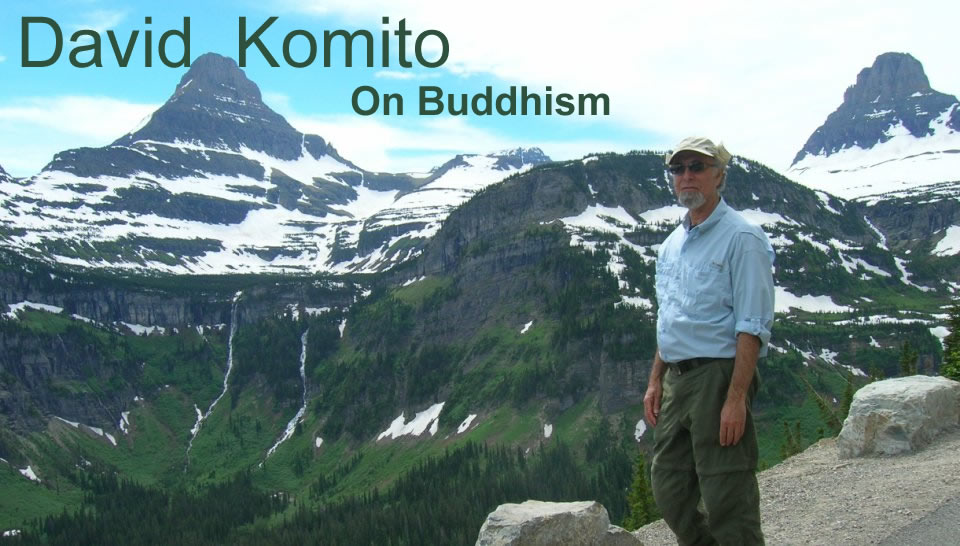As I wrote in the previous part of this story, I only remember two things of any significance from the year and a half I spent with Thich Thien-An, who was my first Zen teacher. One was the way he looked when he sat to meditate: deeply peaceful. The second was a story he told. I don’t know its origin, but since he told it, that made it a Zen story. It is pretty simple, as are many Zen stories. But it is profoundly deep, as are many Zen stories.
This is a simple story that illustrates the power and limitations of scriptures, which are what is represented by the pointing finger. Buddhist teachings point at the truth but they are not the truth. The truth about the nature of our moon-like minds must be experienced directly. Scriptures, Dharma talks, and our thoughts about them can get us to pay attention to our moon-like minds, but if we want to experience our true nature, we need to pass beyond the particularities of scriptures, Dharma talks, and most importantly, our thoughts and, as Zachoeje Rinpoche says, the stories we tell ourselves about pretty much everything.
This Zen story probably derives from the archaic Buddhist teaching about the raft of Dharma which takes one across the stream to the other shore, the shore of liberation. Wouldn't it be foolish to haul the raft around on the other shore once we reach it? Rafts, after all, are for crossing water, and are not only useless on land, but are a burden. And if you are liberated from the bondage of samsara, what is the need of the teachings?
So we might think that words are useless or an entanglement. But then again, the Buddha had a lot to say. And if the second monk had not pointed at the moon, how would the first monk have found it?
I like to think about the pointing finger as more than just words. I like to think of it as the imagination. I don’t know if Thich Thien-An would have had such an interpretation, but it does not matter. The Vajrayana practice so central to the Tibetan tradition of Buddhism makes exquisite use of the imagination. A fundamental practice is to visualize oneself as a bodhisattva, perhaps such as Manjushri. Carl Jung taught us about archetypes. I think of Manjushri as the archetype of wisdom, an aspect of our own mental nature that knows things for what they are. Manjushri is wisely alive in all of us, but we tend to be out of touch with that aspect of ourselves. I like to think that Manjushri is a finger pointing at the moon-like nature of our minds. This says a lot about Vajrayana practice and its power, as well as a sort of limitation. While making the effort to cultivate the Manjushri within oneself, one can overlook what Manjushri knows.
What about that moon? For many years I thought it was pretty foolish to be asking “where is the moon?” It is pretty easy to see. But then again it is not always so easy to see. When it is just barely a new sliver, or just about to disappear, it might be hard to locate. And if it is a new moon, cloaked by the earth's shadow, how would you be able to find it? More likely it is hidden by the clouds of our own thoughts and stories.
And then of course, there is the moon itself, whose silver white light is a reflection of the sun’s light. Did the Zen masters know the source of the moon’s light? What might it mean that the luminescence of our mind is a reflection of something?
And come to think of it, perhaps I really only remember one thing that Thich Thien-an taught me and not two things. Perhaps when I looked at his meditating face I saw the peace of his moon-like mind.

No comments:
Post a Comment